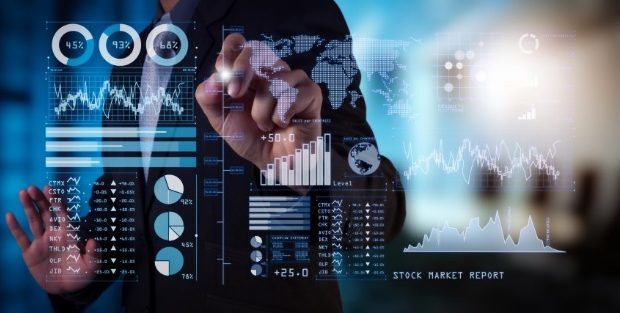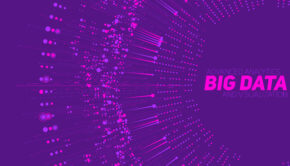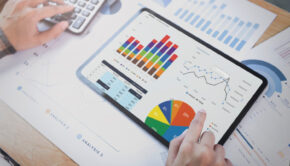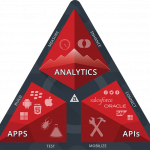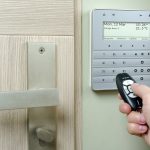Predictive Retail Analytics and it’s Various Use-cases
With the increasing number of channels and the interactions with customers at various touchpoints, the data is continuously being generated and collected. The true power of this humongous data can be realized by the organization by utilizing the BI and analytics tools. This data would not just be simply analyzed but also will produce insights that will help the decision-makers make strategic decisions and the employees to make day to day operational decisions to improve the complete process.
Going one step ahead, many of these tools are providing machine learning driven advanced analytics. Predictive retail analytics utilizes past data to predict future possibilities, for example, making sales forecast, predicting market trends, consumer behavior changes and more. This helps retailers make data-driven futuristic decisions and always stay ahead of the competition.
Below are the top use cases of retail predictive analytics. These are the few ways the retail industry is utilizing data science to excel on various fronts.
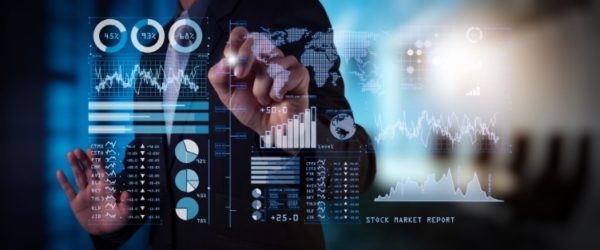
1. Consumer Behavior Analysis
The modern-day retail firms have many challenges to tackle, but one of the key challenges is understanding customer behavior. By understanding, consumer behavior retailers can increase customer acquisition rates, improve sales, personalize offerings and campaigns, reduce consumer churn, and minimize costs. The consumers are interacting with the company at various touchpoints like social media, retail stores, call centers, e-commerce, and more. This makes the data wide and complex which only a sophisticated BI tool can collect and analyze.
This data when analyzed provide insights on the high-value customers, the purchase drivers, behavior patterns, and the best channels to target for various types of customers. This helps in driving sales and induces loyalty in customers.
2. Personalize Retail-Store Experience
With the growing e-commerce business, the customers are now researching the products in the stores, making the decision to purchase or not to purchase, and later buying it online. The data engineering platforms can help retailers analyze the customer behavior in stores and the effectiveness of merchandising. They can generate insights to personalize the store experience and offerings which can help in increasing loyalty and enhancing sales via providing a better experience. The BI tools can gather data from websites, social media, POS systems, mobile, sensors, and cameras and utilize it to improve the performance of marketing campaigns and find the hidden needs and interests. They can use these resultant insights to induce impulsive purchases and reduce costs in day to day operations.
3. Customer Journey Analytics
By understanding and following the customer’s journey across various channels retailers can know hidden trends and sales drivers. They can provide the customer omnichannel experience by analyzing their journey on all channels and creating a single complete view of the journey to know the bottlenecks and understand consumer behavior at various stages of the journey. This will also uncover the best ways to reach a customer and help ease their journey to improve their experience.
4. Supply Chains Analytics
Not just the front of the retail business but the back end can also benefit from data analytics. Retailers can better understand the supply chain and distribution of products across various geographies. This will help them improve their overall business. Retailers can optimize the performance, reduce inventory costs, and improve quality of service to improve operational efficiency. The data can be collected from sensors, machines, and logs to discover new insights about the new age fast product lifecycle and remove inefficiencies from the process.

5. Trade Promotions Optimization
Measuring the effectiveness of trade promotions is as important as measuring the performance of online campaigns. Predictive retail analytics can gather structures and unstructured data from various sources to derive meaningful insights to enhance trade promotions. Retailers can use what-if analytics to visualize various scenarios and decide the best way forward. Retailers can improve the effectiveness of promotions and optimize spending.
These are just a few of the use-cases of the predictive analytics in the retail segment. As the adoption grows, the retailers will be able to derive more value from machine learning and improve not just the big decisions but also the daily operational decisions.

